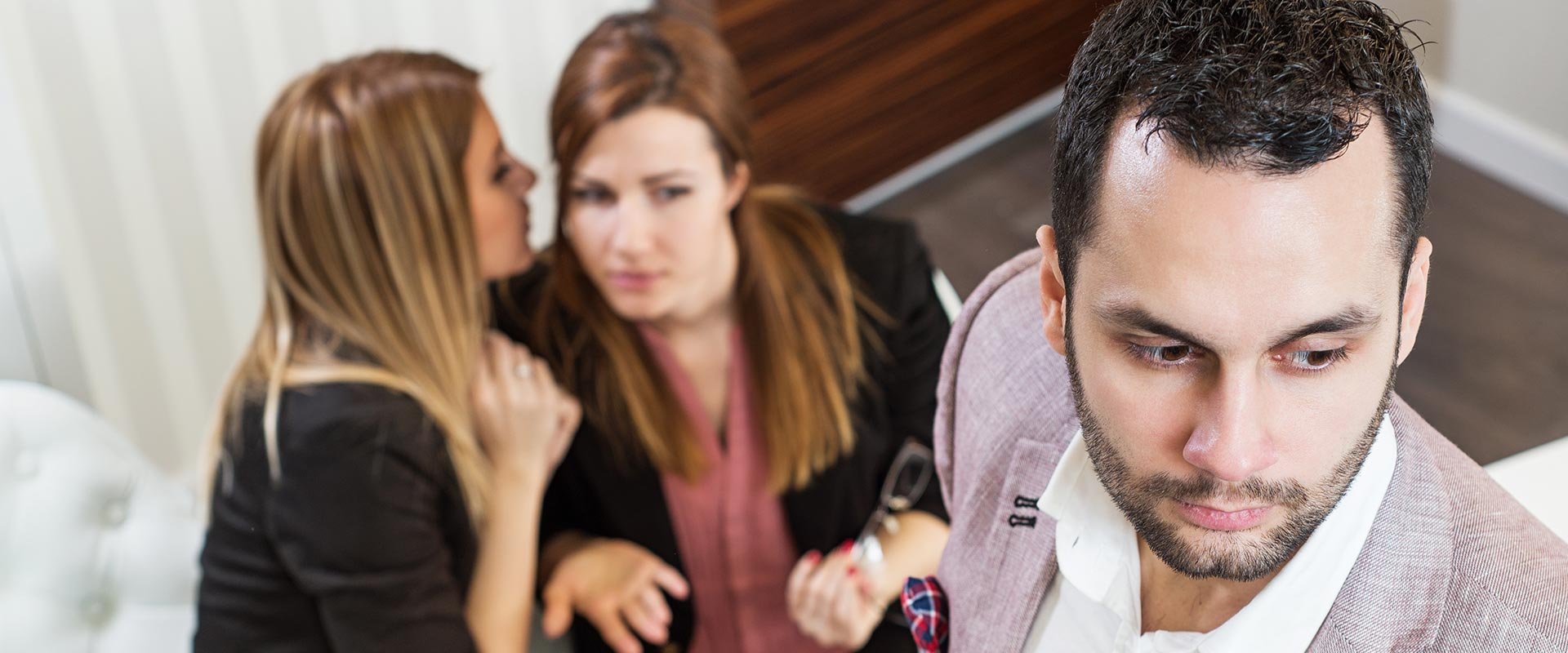Do you discriminate in your workplace without meaning to?
People and workforce

People and workforce
Most of us would be appalled to think we ever behaved in a way that made others feel disrespected, unseen or excluded. But we are all prone to unconscious bias, which may cause us to discriminate or take part in a discriminatory system without realising it. To the recipients of discrimination, good intentions don’t matter – the damage is the same. How can we recognise and avoid unintentional discrimination in our workplace?
Workplace discrimination occurs when an individual is treated differently to their colleagues based on personal aspects of their identity such as race, age, gender, pregnancy, sexual orientation or ability. Overt or intentional discrimination is often easy to recognise, which makes tackling it a relatively straightforward process. The challenge lies in understanding and recognising discrimination that is subtle, indirect and unintentional…and addressing it to avoid further harm.
Also known as ‘constructive’ or ‘adverse effect’ discrimination, unintentional discrimination occurs when a rule, practice, policy or behaviour inadvertently singles out a person or group of people and results in unequal treatment. On the surface, this policy or behaviour may appear benign or neutral, but if it results in exclusion of anybody based on their personal characteristics, it is discriminatory. It’s not enough to plead ignorance – you may be held liable for discrimination even if you didn’t intentionally or knowingly discriminate.

What does unintentional discrimination look like in the real world? Here are some examples of unintentional discrimination in the workplace:
A workplace dress code that requires all employees to wear formal business attire may seem reasonable on the surface, but if the only employees who can afford to comply are wealthy, then the dress code has an unintentional discriminatory effect.
If an employer requires all job applicants to have an arbitrary five years of work experience, this may disqualify many women who have taken time out of the workforce to raise children. It may also constitute age discrimination, excluding recent graduates or those who have been out of the workforce for a long period of time.
If a manager shows preference for certain employees who share the same political views, enjoy the same sports or are members of the same social clubs, this can lead to unfair treatment of any who are different, often creating a toxic work environment.
If a workplace dress code contains a hairstyle policy that disproportionately affects employees of colour, that constitutes race-based discrimination.
Consistently bringing up stereotypes in conversation is discriminatory behaviour.

We are all responsible for ensuring our behaviour does not cause harm to others. In our workplaces, we may take the following steps to help provide a safe, inclusive space for all individuals:
Call out discriminatory behaviour when you see it.
Check workplace policies to ensure they don’t exclude employees based on race, gender, sexual orientation, religion, age, pregnancy, ability or any other personal characteristics.
Question your own first impressions and extreme reactions to people – was unconscious bias at play?
Widen your social circle, ensuring you don’t just mix with the same colleagues every day. Spend time with people from different cultures, academic backgrounds, religions, sexualities, etc…and be open to learning something new about the world.
Brunel can help you achieve your workforce goals. Our services are characterised by real industry knowledge, depth of experience and a commitment to excellence. Speak with our team today!